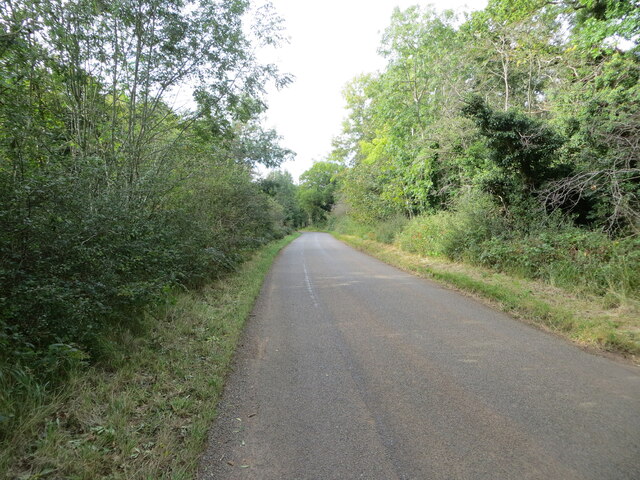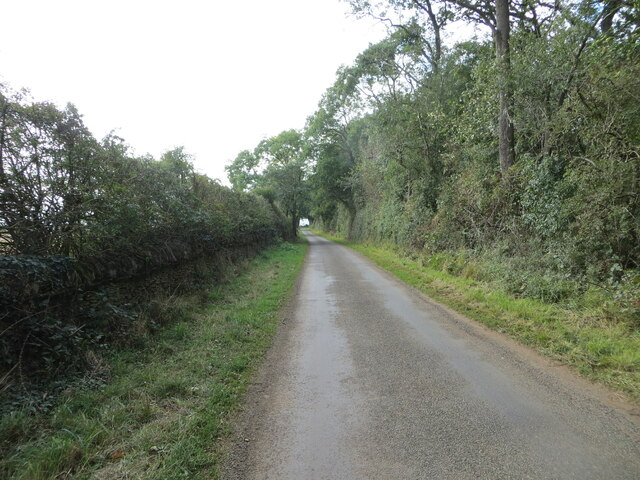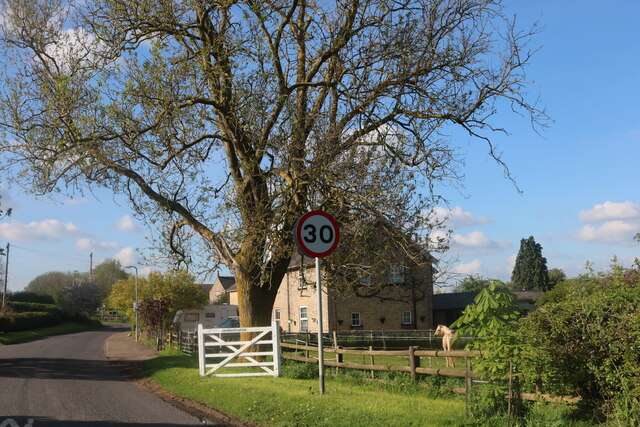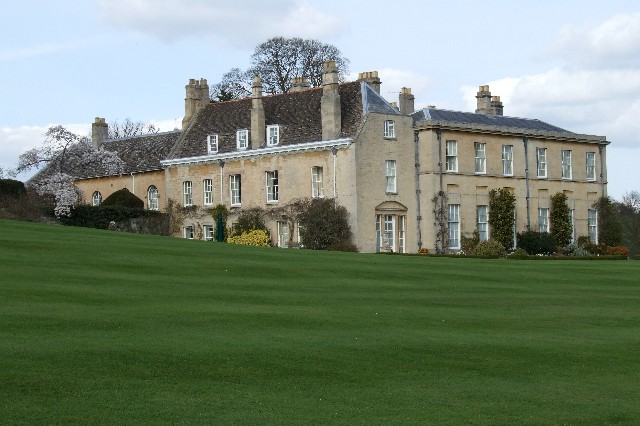Holywell
Settlement in Lincolnshire South Kesteven
England
Holywell

Holywell is a small village located in the county of Lincolnshire, England. It sits approximately 6 miles south-east of the town of Grimsby and lies within the East Lindsey district. The village is situated on the edge of the Lincolnshire Wolds, an Area of Outstanding Natural Beauty, providing residents and visitors with picturesque views and a tranquil setting.
Holywell is known for its rich agricultural heritage, with vast fields and farmland surrounding the village. Most of the local economy is based on agriculture, with the cultivation of crops and livestock farming being the primary sources of income for many residents.
The village itself is relatively small, with a population of around 200 people. It consists of a few residential streets, a village hall, a church, and a primary school. The Holywell Church, dedicated to St. Mary, is a prominent feature of the village and dates back to the 13th century, boasting beautiful stained glass windows and intricate architectural details.
Holywell is a close-knit community with a strong sense of community spirit. The village holds various events throughout the year, including summer fairs and Christmas celebrations, which bring residents together and foster a sense of camaraderie.
For outdoor enthusiasts, Holywell offers ample opportunities for walking, cycling, and exploring the surrounding countryside. The nearby Lincolnshire Wolds provide numerous trails and pathways, allowing visitors to immerse themselves in the natural beauty of the area.
Overall, Holywell is a charming village that offers a peaceful and picturesque lifestyle, with a strong emphasis on agriculture and a close community spirit.
If you have any feedback on the listing, please let us know in the comments section below.
Holywell Images
Images are sourced within 2km of 52.731448/-0.51250115 or Grid Reference TF0015. Thanks to Geograph Open Source API. All images are credited.






Holywell is located at Grid Ref: TF0015 (Lat: 52.731448, Lng: -0.51250115)
Division: Parts of Kesteven
Administrative County: Lincolnshire
District: South Kesteven
Police Authority: Lincolnshire
What 3 Words
///whirlpool.thickens.maps. Near Pickworth, Rutland
Nearby Locations
Related Wikis
Holywell, Lincolnshire
Holywell is a tiny settlement in the civil parish of Careby Aunby and Holywell, in the South Kesteven district of Lincolnshire, England. It lies 5.5 miles...
Holywell Hall, Lincolnshire
Holywell Hall is a building of historical significance in Lincolnshire and is listed on the English Heritage Register. The house is in the civil parish...
Careby Aunby and Holywell
Careby Aunby and Holywell is a civil parish in the district of South Kesteven, south-west Lincolnshire, in England. It stretches from the county border...
Lincolnshire Gate
Lincolnshire Gate is the name given to a corner in the road between Holywell, Lincolnshire and Pickworth, Rutland to the south-west of Castle Bytham, in...
Nearby Amenities
Located within 500m of 52.731448,-0.51250115Have you been to Holywell?
Leave your review of Holywell below (or comments, questions and feedback).













